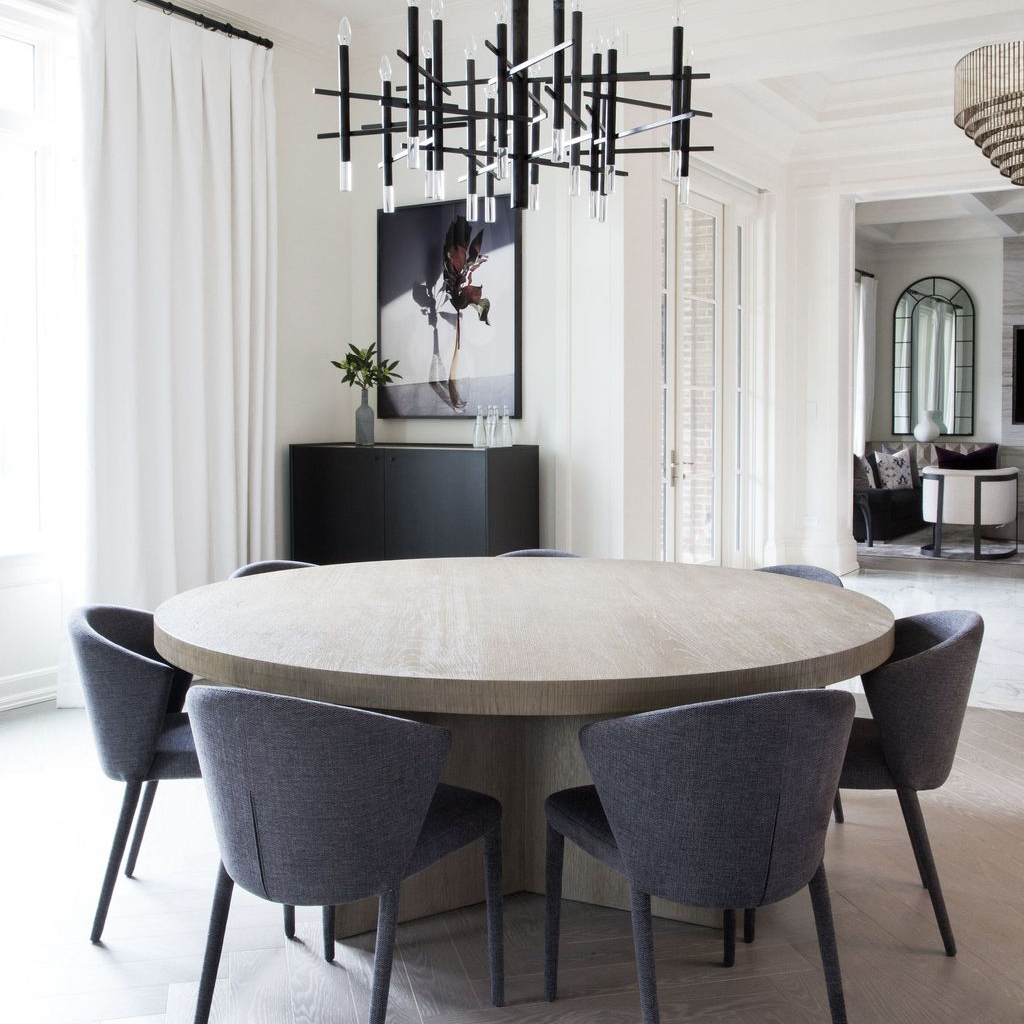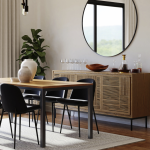
The Importance of Ceiling Design
Ceilings are more than just a functional aspect of a home. They also contribute significantly to the overall aesthetic appeal of a living space. A well-designed ceiling can enhance the style, ambiance, and functionality of any room, making it an essential element to consider when designing or renovating a home.
Types of Ceiling Designs
There are many types of ceiling designs to choose from, each with its unique benefits and drawbacks. Here are some of the most popular ones:
Tray Ceilings
Tray ceilings have a recessed central panel that is higher than the surrounding edges. They can add depth and dimension to a room, making it appear larger and more spacious. These ceilings are perfect for adding subtle elegance to a living room, dining area, or master bedroom.
Coffered Ceilings
Coffered ceilings have a grid of recessed, square or rectangular panels, usually with molding around the edges. This type of ceiling design can add a touch of grandeur to formal living spaces and can also enhance the appearance of a dining room or home office.
Vaulted Ceilings
Vaulted ceilings have an upward slope that follows the roofline of a house. This type of ceiling design can create an open and airy feel in a room, making it ideal for living spaces with large or expansive windows. A vaulted ceiling can also give a formal dining room or home office an elegant, sophisticated look.
Beaded Ceilings
Beaded ceilings use wooden planks with beaded edges that interlock to form a unique pattern. These ceilings are perfect for adding rustic charm to a home, making them ideal for country-style kitchens or farmhouse-inspired living rooms.
Factors to Consider when Choosing a Ceiling Design
There are several factors to consider when choosing a ceiling design for your home. Here are some of them:
Room Size and Layout
Consider the size and layout of the room when choosing a ceiling design. A tray ceiling, for instance, may look out of place in a small bedroom, while a beaded ceiling might not work well in a large, open living room.
Home Style and Architecture
The style and architecture of your home should also influence your ceiling design. A vaulted ceiling, for instance, may not complement the design of a modern, minimalist home, while a coffered ceiling might look out of place in a traditional, colonial-style house.
Personal Style and Preferences
Ultimately, your personal style and preferences should dictate your choice of ceiling design. Choose a design that resonates with your aesthetic sensibilities and complements your décor choices.
DIY Ceiling Design Ideas
If you’re looking for cost-effective ways to enhance your home’s ceilings, there are several DIY design ideas you can explore. Here are some of them:
Painted Ceilings
Painting your ceilings is an easy and affordable way to add color and interest to a room. Consider accenting a tray ceiling with a bold, contrasting color, or painting a beaded ceiling in a rich, earthy hue to add warmth to a living space.
Wallpapered Ceilings
Wallpapering your ceilings can also make a statement and add style to a room. Consider a bold, graphic pattern to add visual interest to a coffered ceiling, or opt for a subtle, textured wallpaper to add depth and dimension to a tray ceiling.
Wooden Ceilings
Installing wooden planks on your ceilings can add warmth, texture, and character to a living space. Consider a distressed, weathered finish for a rustic, shabby chic feel, or go for a sleek, modern look with polished hardwood planks.






